How did you get started in archery? What lead you to judging?
A group of colleagues and I discussed how our children were immersed in TV and video games and wanted to have our children be outdoors more often. One parent offered that they insisted that their children engage in an outdoor sport of their choosing and participate fully. If they don’t like the sport they may try something else. I borrowed and pitched the idea to my daughter Lindsay, who had just returned from Girl Scout Camp. She declared “Archery” as the sport she would like to do. After hit and miss investigation in the early years of internet searching, we found a JOAD in 2001. The coach noted that there was some talent, equipment was purchased and training and competition became the focus.
I came into the equation as being the parent that was hovering around like parents do but didn’t want to be a helicopter parent. It was typical for tourneys to be in need of judges and since I was going to be at events anyway, judging was a good way stay busy. Luckily, Lindsay made some world teams so I was able see what top international events were like which peaked my judging interest. The judging leadership noted that I had the time and right demeanor to be a modern judge and encouraged my judging experiences and growth.
Separately, my wife and I are in the professional planning business as Architects so we found ourselves organizing and running tourneys. Field layout, planning, logistics and results, all involve rules, procedures and judging. Being a judge and tourney planner/organizer turns out to be useful combination. Having multiple focuses has kept me involved long after my daughter stepped back from competition.
How has archery changed since you first started?
During my involvement in international archery:
The four distance FITA has been replaced with 72 arrow rounds.
Elimination and finals have evolved from 18 and 12 arrows to sets and 15 arrow matches.
The hit and miss target has come and gone and the mixed team round has been added.
FITA is now World Archery, COPARCO is now World Archery Americas and the NAA is now USA Archery.
Para Archery has focus and has grown in leaps and bounds.
Media and sports presentation focus has made the finals a highly produced event that has brought more and more attention to Archery.
At USA Archery, funding, professionalism and SafeSport have all had an impact.
What do you wish archers knew about judging?
That the international standard of judging and judges has evolved from a police officer mentality of trying to catch and punish to one where judges focus on facilitating and conducting efficient, fair and meaningful competitions.
Often I over hear archers and coaches complain that this or that isn’t following the rules, so why have rules? These provide teachable moments where I can explain that shooting too many arrows is a type of rule with consequences while the matching arrows rules is for convenience and as a result compliance is not essential for fairness.
Judges are there to help keep things on track.
What is the most interesting archery rule you have encountered?
I have come to learn that there is no exact science to the rules. For instance arrow size, the 60 pound limit and overdraw distance is not some precise mathematical determination.
I have found the rules creators strive to be practical and helpful. I enjoy seeing how those that contribute to World Archery rules strive to hold on to the tradition of archery so that the sport continues to be recognizable as archery.
Is there something you like to do as a judge?
At international tournaments, I appreciate the local organizing committees judge coordinator and how they help the judges with everything from judge logistics to seeing the local sights when off duty. So when judges come to the USA for events I volunteer to be that coordinator. Being with judges and being able to share judging experiences is a good thing.
What’s next?
I have been increasing my focus on teaching, mentoring and giving back to help others like I was helped. Staying ahead that’s a lot of time and attention.
What events have you judged?
2002 First USA Archery (formerly National Archery Association) judge duty, Iron Archer indoor.
2003 First national event judge duty at JOAD National Championship, Denver CO, USA.
2003 National Target Championship World Ranking Tournament, Appeal Juror. Reading PA, USA.
2004-Ongoing Arizona Cup, Phoenix USA, Judge, DoS, Director, Coordinator and Field Crew.
Ongoing local, state and national indoor, outdoor, championship and team trials judge, CoJ and DoS duty.
Occasionally, Easton Foundation, ATA and government agency archery venue design consulting. i.e. Easton Archery Facility Guide.
Ongoing USA Archery committee and advisory council duty; JOAD Committee and Council, Nominance and Governance, Officials and Rules, Judge Seminar Presenter.
Ongoing, National Archery Association Foundation Board Member.
Occasionally, World Archery Americas and World Archery judging best practices education materials and judge seminars presenter.
2007 Became a World Archery Americas (formerly Coparco) judge, Toronto CAN.
2007 Arizona Cup World Ranking Event Tournament Director/Coordinator.
2008 First Continental World Ranking Tourney, Medellin COL.
2009 Became World Archery (formerly FITA) International Judge Candidate, Wiesbaden GER.
2009 Junior World Championship, Ogden USA, Judge
2010-2012 World Cups, Ogden USA, Judge
2011 Advanced to International Judge. USA Archery Level 3 Coach (Formerly Community Coach)
2012 London Paralympic DoS.
2014-2015 World Cups Medellin COL, CoJ
2015 Chinese Taipei Universiade CoJ,
2015 Toronto PanAm Games Chair of Jury,
2015 Toronto ParaPan Games Technical Delegate
2016 Rio Olympic Judge
2017-2018 World Cups Salt Lake City USA, DoS/Asst DoS
2019 Napoli Universiade CoJ
2019 World Archery Judge of the Year Finalist
2020 Appointment Tokyo Paralympic Archery CoJ

